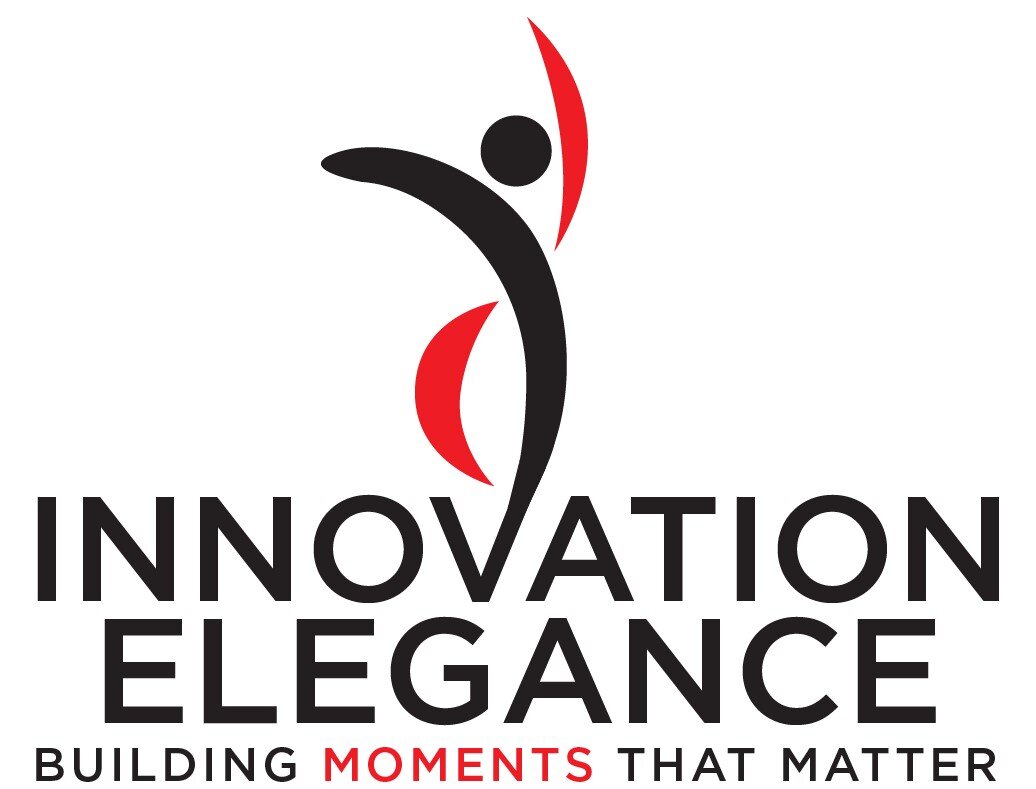What A Bad Meeting Looks Like
Meetings are wonderful servants. They are horrible masters. It’s valuable to have a strong idea of what makes a meeting good or bad.
If you’re like most organizations, you acknowledge that 1) your team could communicate better and 2) you have meeting gridlock. To shift your emphasis away from a meeting factory, consider this exhaustive list of traits of an unhealthy meeting. Agree? Disagree? I welcome your additions in the comments!
The quantity of people invited is significantly too high or too low
The quantity of attendees is significantly too high or too low
Poor punctuality causes …
a significant delay to starting the meeting, or
a mid-meeting disruption, or
mid-meeting rework
The agenda is unclear, poorly organized, or absent
There is no asset or relevant documentation for the meeting
It is unclear whether the meeting is designated for divergent thinking (ideation, creativity, brainstorming, expanding options) or convergent thinking (narrowing options, selection, decisions)
Although the meeting is intended for either divergent thinking or convergent thinking, the conversation doesn’t match
The meeting does not aim for alignment or for a decision
The meeting does not achieve alignment or a decision
Topic is so simple or simplistic that email could accomplish the meeting objectives (in academic terms, the conversation feels like 100-level stuff)
Some participants are unprepared for the meeting
They are unfamiliar with the relevant asset
They read the asset for the first time in the meeting itself
Some reactions and feedback are impulsive and not thoughtful
The conversation fails to stay on agenda and spends significant time on topics outside the scope of the asset
Duplicate or old ideas appear
Individuals with seniority do most of the talking
Individuals with seniority neglect or marginalize junior individuals
Someone rambles or monopolizes the conversation
Someone demonizes instead of disagrees
Personality conflict exists at the expense of task conflict
Comments stack up against each other; the meeting contains no silence
The meeting has a high level of awkward silence
The meeting feels limp, lethargic, or bored
The meeting feels hurried, frantic
Someone leaves the meeting feeling unheard, excluded, unwelcome, unsafe, suppressed, alienated, or demonized
The meeting feels like an improv game of “Yes, But” or an improv game of “No”
Participants fail to work hard to uncover the asset’s omissions, blind spots, inconsistencies, and waste
The asset, or the meeting, has no tiebreaker present
Participants fail to handle bad ideas with grace, resulting in someone’s embarrassment
Participants hear significant background noise that leads to the necessity of repeating comments
Too much multitasking occurs, resulting in distractions, rudeness, and the need to repeat questions
Someone wants to start a task list or document meeting minutes OUTSIDE the primary asset
Near the end of the meeting …
Reviewers are indecisive and ambiguous about the need for another review
Approvers are indecisive and ambiguous about their stance
At the end of the meeting, some participants feel …
Not a good use of anyone’s time
Email could have accomplished this
The conversation went way off agenda
Within a few days of the meeting, the facilitator fails to get new version of the asset to the appropriate stakeholders



